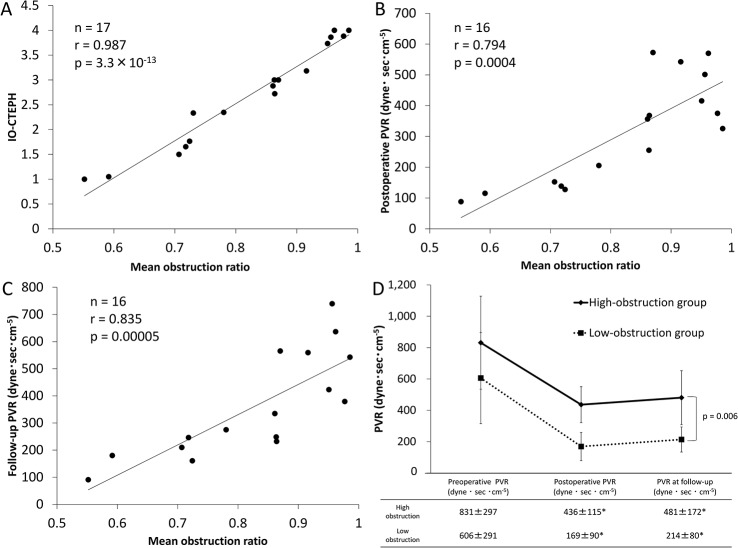Fig 3. The impact of the pulmonary arteriopathy on the pulmonary vascular resistance (PVR).
(A) The mean obstruction ratio is positively correlated with IOCTEPH which was another index of pulmonary arteriopathy (n = 17, r = 0.987, p = 3.0×10−13). (B) A significant positive correlation is observed between the postoperative PVR and the mean obstruction ratio (n = 16, r = 0.794, p = 0.0004). (C) The PVR obtained at the follow-up examination is correlated with the mean obstruction ratio (n = 16, r = 0.835, p = 0.00005) (these data were analyzed by Spearman's rank correlation). (D) The PVR is significantly greater in the high-obstruction group (mean obstruction ratio ≥ 0.863, n = 8) than in the low-obstruction group (mean obstruction ratio, < 0.863, n = 7) (p = 0.006, analyzed by univariate repeated-measures ANOVA, *: p < 0.05 vs. preoperative PVR;, analyzed by Bonferroni test following univariate repeated-measures ANOVA).

